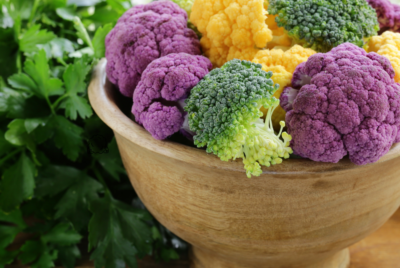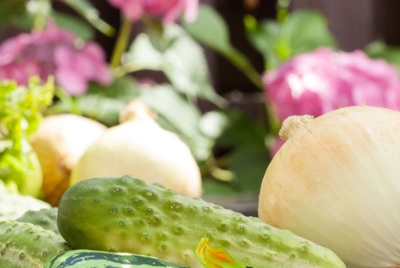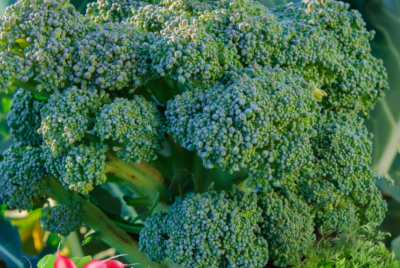Apple Tree Companion Plants
Grow Healthy Fruit Trees With Companion Planting Apple Trees – A Comprehensive Guide
Over the years, many gardeners have discovered the benefits of companion planting in promoting the health and growth of their fruit trees, particularly apple trees. By strategically selecting companion plants that work in harmony with apple trees, you can enhance fruit production, repel harmful pests, and improve soil quality. In this comprehensive guide, we’ll explore the wonders of companion planting for apple trees and how you can create a thriving orchard ecosystem in your own backyard.
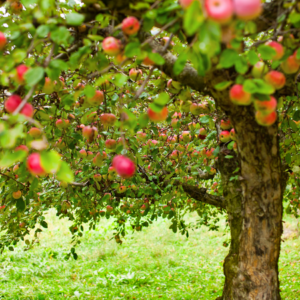
Key Takeaways:
- Companion planting can help apple trees thrive by attracting beneficial insects, repelling pests, and improving soil health.
- Planting herbs such as dill, basil, and mint near apple trees can help deter pests like aphids and attract pollinators for better fruit production.
- Adding comfrey near apple trees can improve soil fertility and provide nutrients like potassium and nitrogen.
- Flowering plants like marigolds and nasturtiums can attract beneficial insects like ladybugs and lacewings which feed on pests that harm apple trees.
- Consider planting companion plants that will bloom at different times of the year to provide continuous benefits to your apple trees throughout the seasons.
Getting Started with Your Apple Trees and Companion Plants
Choosing the Perfect Spot
Started planting healthy apple trees begins with choosing the perfect spot. Make sure the location offers full sun exposure, well-draining soil, and good air circulation. Avoid areas that are prone to frost pockets or strong winds, as they can harm your apple trees.
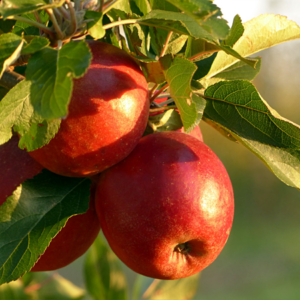
The Basics of Planting Apple Trees
Trees the process of planting apple trees, start by digging a hole that is twice as wide and just as deep as the root ball. Set the tree in the hole, ensuring that the graft union sits above the soil level. Fill the hole with soil, making sure to tamp it down gently to remove any air pockets.
For instance, remember to water the tree thoroughly after planting and apply a layer of mulch around the base of the tree to retain moisture and suppress weeds. Regular watering, pruning, and fertilizing will help your apple trees thrive.
Selecting Companions for Your Apple Trees
The Best Plant Friends for Your Apples
While cultivating healthy apple trees, it is crucial to select the right companions to promote growth and protect against pests. Plant clover, dill, yarrow, and chives near your apple trees to attract beneficial insects, improve soil health, and repel common apple pests.
Plants to Avoid Near Apple Trees
Your apple trees may not thrive if you plant walnut trees, potatoes, or tomatoes nearby. These plants can release toxins into the soil that inhibit the growth of apple trees and increase susceptibility to diseases. It is best to keep a safe distance from these companions to ensure the health and productivity of your apple orchard.
While some plants can be beneficial companions, others can pose risks to the well-being of your apple trees. Walnut trees produce juglone, a toxin harmful to many plants, including apple trees. Additionally, potatoes and tomatoes are susceptible to similar diseases as apple trees, increasing the risk of cross-contamination and reducing overall orchard health.
Apple trees are versatile and resilient, but they can benefit greatly from the right companions. By selecting plant friends that promote pollination, deter pests, and enhance the soil, you can create a thriving ecosystem that sustains healthy apple trees for years to come.
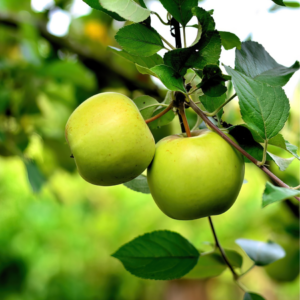
Apple Tree Companion Plants – Benefits and Tips for a Thriving Orchard
How Companion Planting Benefits Your Apple Trees
On your journey to cultivate a flourishing orchard, consider the many advantages of companion planting. This age-old practice involves planting different plants in close proximity to each other to promote growth and ward off pests. By interplanting beneficial herbs and flowers alongside your apple trees, you can create a harmonious ecosystem that enhances soil health, attracts pollinators, and deters harmful insects, ultimately improving the overall health and productivity of your fruit trees.
Top Tips to Make Your Companion Planting a Success
Success in companion planting lies in thoughtful planning and strategic choices. Start by selecting companion plants that complement the needs of your apple trees – plants that repel pests, attract beneficial insects, or improve soil quality. Remember to space your plants appropriately to avoid competition for resources, and regularly monitor your orchard for any signs of disease or pest infestation. Assume that with proper care and attention, your orchard will thrive in abundance!
- Select companion plants wisely
- Monitor orchard for signs of pests or disease
- Space plants properly to avoid competition
- Assume that with proper care and attention, your orchard will thrive in abundance!
Trees benefit immensely from companion planting, creating a balanced ecosystem that supports their growth. By choosing the right companion plants and following important care tips, you can ensure a bountiful harvest and healthy apple trees for years to come.

Apple Tree Companion Plants – Ongoing Care and Troubleshooting
Seasonal Care for Apple Trees and their Companions
Now that your apple trees and their companion plants are flourishing in your orchard, it’s important to provide them with proper seasonal care. In the spring, make sure to prune your apple trees to promote healthy growth and flowering. Summer is the time to monitor for pests and diseases, while in the fall, focus on harvesting your fruit and preparing the soil for the winter. During the colder months, protect your trees from frost and cold winds.
Solving Common Problems in Your Companion Orchard
With a diverse range of plants in your companion orchard, it’s natural to encounter some common problems along the way. Whether it’s pest infestations, nutrient deficiencies, or issues with pollination, there are solutions available to keep your orchard thriving. Keep a close eye on your plants and address any issues promptly to ensure the health of your apple trees and their companion plants.
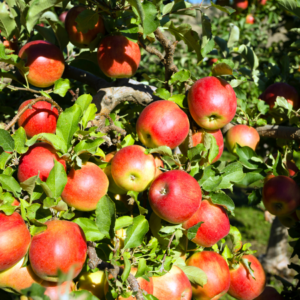
Companions
Companion planting with apple trees not only promotes biodiversity and enhances ecosystem health, but it can also improve fruit quality and increase yields. By strategically selecting companion plants that attract beneficial insects, repel pests, and provide natural support, you can create a balanced and harmonious environment for your orchard. Remember to maintain a good balance between your apple trees and their companions to ensure a successful and fruitful harvest.
Conclusion on Apple Tree Companion Plants
Drawing together the benefits of companion planting for apple trees, this comprehensive guide provides insights and tips for growing healthy fruit trees in your garden. By understanding the importance of selecting the right companions and creating harmonious growing environments, you can enhance the health and productivity of your apple trees. For more information on what to plant under apple trees, check out Apple Tree Companions: What To Plant Under Apple Trees.
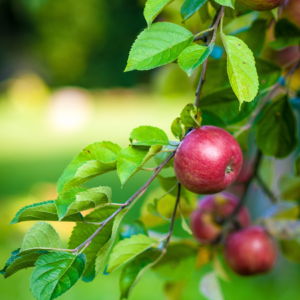
FAQ’s about Apple Tree Companion Plants
Q: What is companion planting for apple trees?
A: Companion planting for apple trees is the practice of planting mutually beneficial plants near apple trees to improve growth, health, and productivity.
Q: What are some examples of companion plants for apple trees?
A: Some examples of companion plants for apple trees include chives, marigolds, nasturtiums, and dill, which help repel pests and attract beneficial insects.
Q: How can companion planting benefit apple trees?
A: Companion planting can benefit apple trees by improving pollination, deterring pests, providing nutrients, enhancing soil health. This increases biodiversity in the orchard.
Q: Are there any plants that should be avoided near apple trees?
A: Yes, plants such as walnut trees, which release toxins that can inhibit the growth of apple trees. These should be avoided as companion plants.
Q: How can I get started with companion planting for my apple trees?
A: To get started with companion planting for apple trees, research suitable companion plants, plan your orchard layout accordingly. Then enjoy the benefits of a healthier and more productive fruit tree garden.


